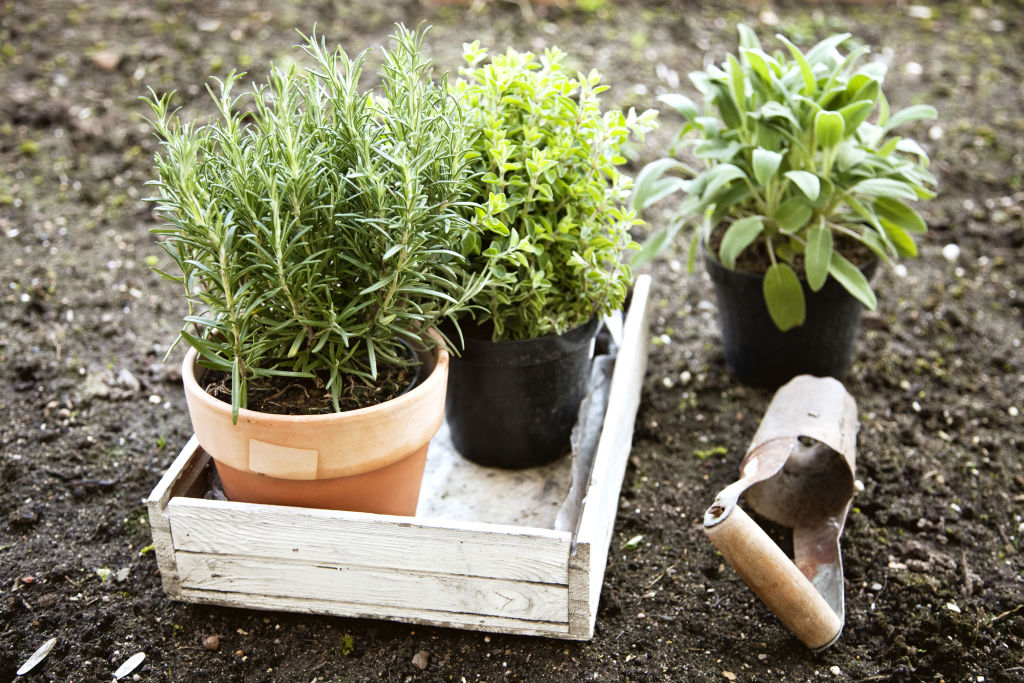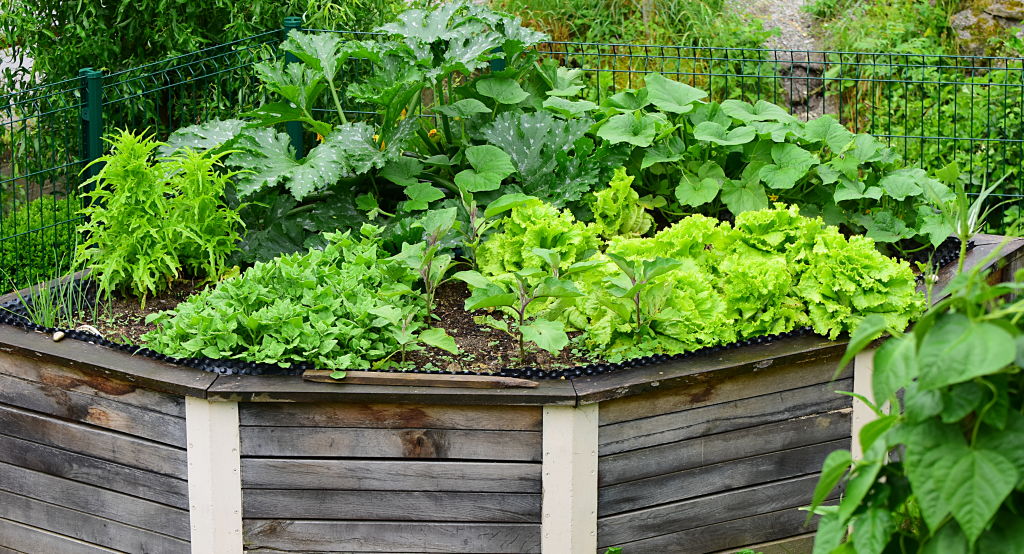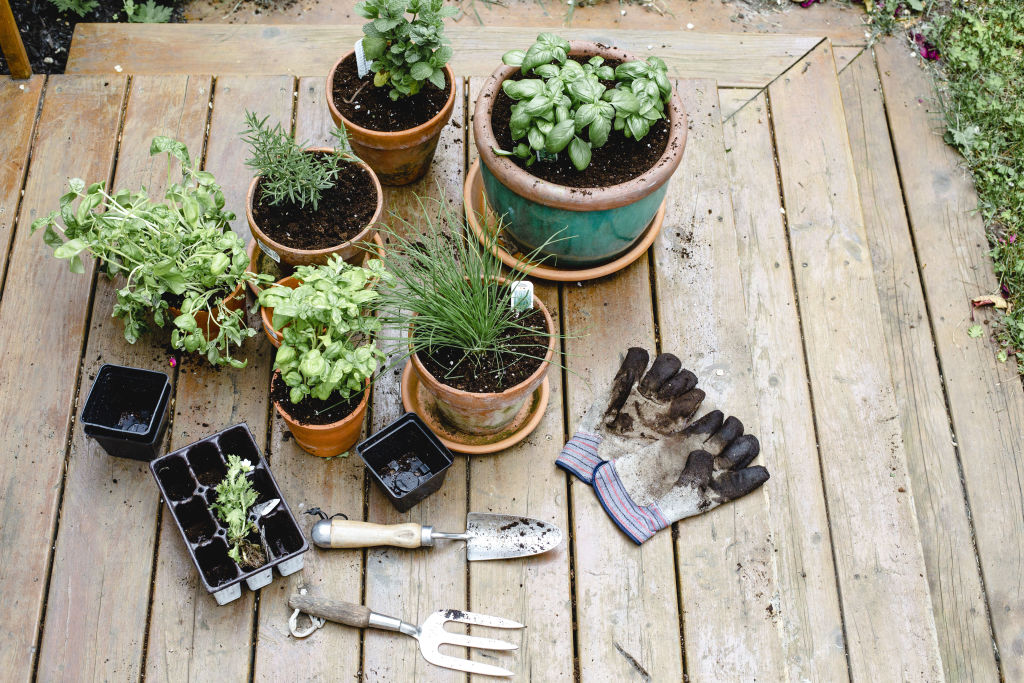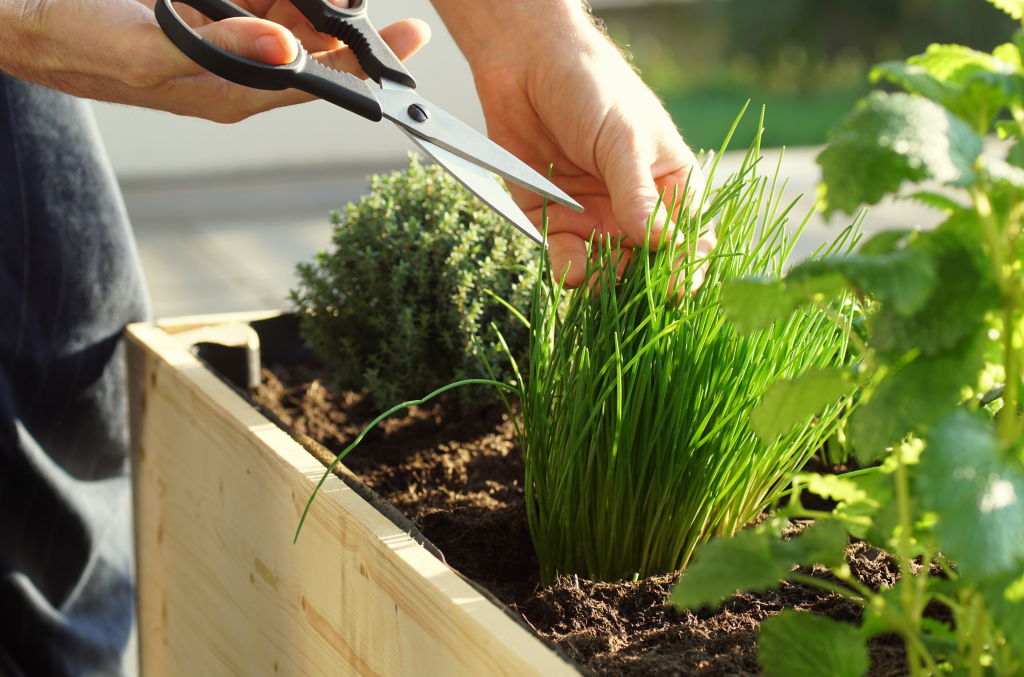
How to use succession planting in your garden
What to do in the middle of winter with your edible garden? Apart from drink tea and ponder, that is.
The dead of winter generally means our edible gardens are quiet places, but they don’t need to become completely idle. For me, it’s all about tending to and harvesting our edible annuals that were planted in the warmer months – which includes all those delicious, bountiful leafy greens and cooler-season veggies.
Timing your planting of winter and summer crops usually requires a big spring and an autumn session of seed sowing each year. But don’t despair, you can still add to these two major planting windows by continually planting seeds while the season’s temperature in your region allows.
Staggering your planting of quicker-growing crops – such as lettuce, rocket, radish, pak choy and mizuna – over weeks or months will give you a prolonged harvest. Just how prolonged will depend on your climate, as this will determine your planting window.

Cold climates will have shorter growing windows than warmer subtropical or temperate ones. Check your region’s planting calendars online, or refer to the seed packet for quick but general guidance.
At home, we’re still scattering seeds of mixed lettuce and other leafy greens as well as planting a few kale seedlings into early winter. The key here, though, is ensuring a spot with full sun to warm the soil.
In my garden, we are growing watercress, rocket, coriander, various kales, red-vein sorrel, dandelion leaf, chives, silver beet and a mix of lettuces.
We will just harvest leaves as required until spring, and then we’ll plant out again with warm-season annuals such as tomatoes, eggplants, beans, cucumber, corn and so on.

Winter is a great time to put pen to paper and plan my garden for spring. I’ve also been doing a lot of planning for clients’ garden beds, courtyards and even pot layouts on apartment balconies. My advice is to start small, in the sun, using seed.
If you have a larger garden bed or wish to explore veggies on your balcony or courtyard, check out the range of smaller “compact” or “dwarf” veggies and fruit trees. They are a little smaller and easier to manage, but still provide a delicious harvest and aesthetic appeal.
Build or buy a trellis and set it up this winter so you can grow climbers such as beans, tomatoes and cucumbers. Place pots so they can get natural rainfall if possible.
As the seasons progress, the best thing for you to add to your garden to keep your soil alive and your plants happy is worm castings and worm juice. Winter is another good time to plan and set up a worm farm outside in a shady spot and start feeding them kitchen scraps they like to eat.
Adding worm castings to new pots and soil will also bring beneficial bacteria into the bought soil, which will increase soil biodiversity.
How to create a bountiful balcony

If you’ve decided it’s time to start a small balcony garden this spring, here is an easy-to-grow list of herbs and leafy greens that pair well.
- You’ll need three pots or planter boxes, whatever suits your space best. You can start small by preparing a garden bed in full sun or with at least six hours of sun a day.
- Fill your three pots or planters with three parts premium potting mix to one part cow manure (for added moisture retention).
Pot A: Chilli, parsley, coriander, dill, rocket
Pot B: Thyme, rosemary, sage, saltbush
Pot C: Peppermint, Vietnamese mint, native mint


